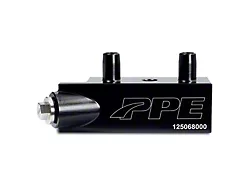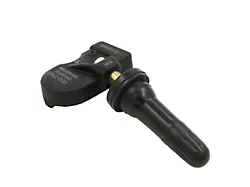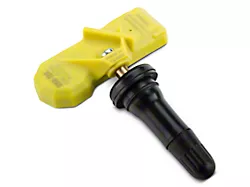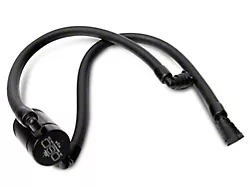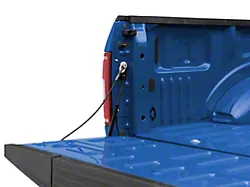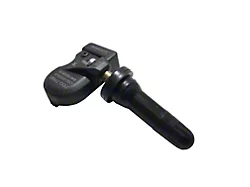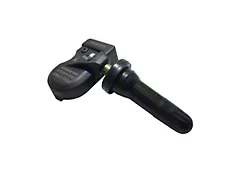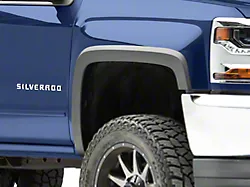
How to Install Rough Country 2 in. Leveling Lift Kit on your Sierra
Installation Time
2 hours
Tools Required
- 10mm Wrench
- 18mm Wrench
- 15mm Socket
- 15mm Wrench
- 16mm Wrench
- 17mm Wrench
- 21mm Wrench
- 21mm Deep Well Socket
- 7/32 Allen Wrench
- Flat Screwdriver
- Hammer
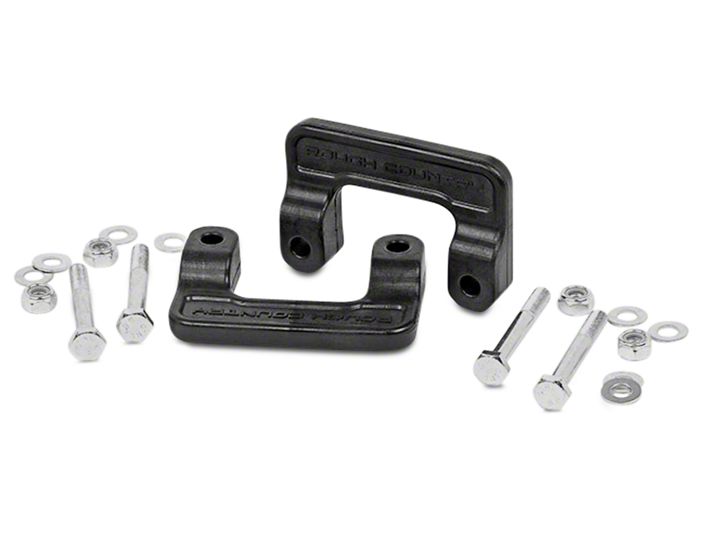
Shop Parts in this Guide
INSTALLATION INSTRUCTIONS
1. Jack up the front of the vehicle and support the vehicle with jack stands, so that the front wheels are off the ground
2. Remove the front tires/wheels using a 21mm deep well socket
3. On models with electric power steering, remove the 6 bolts holding the factory skid plate using a 15mm socket. Unplug the three connectors going to the electric power steering. See Photo 1.
4. Using a 18mm wrench loosen the upper strut bolts. It is not necessary to remove nuts. See Photo 2.

5. Place jack stand under the knuckle for support. Remove upper ball joint nut, using a 18mm wrench. Using a hammer hit the knuckle as shown to allow the ball joint to separate from the knuckle. See Photo 3. Do not allow the knuckle to pull out far enough that it pulls the shaft out of the differential.
6. Using a 21mm wrench remove the nut from the steering linkage. Using a hammer hit on the front of the knuckle as shown, where the steering linkage is connected and remove from knuckle. Push linkage forward to make room for installation. Retain factory hardware. See Photo 4.

7. Remove the sway bar nut and bushings using a 15mm wrench, and 15mm socket. Retain factory hardware. See Photo 5.
8. Using a 15mm wrench remove the bolts from the bottom strut mount. See Photo 6.

9. Remove the bolt clips from the bottom of the strut using a flat screw driver. See Photo 7.
10. Place strut spacer under the lower strut mount and align holes. See Photo 8.

11. Install the new 10mm bolts, washers and nuts provided in the kit. Factory aluminum control arm will use the longer 90mm long bolts and the factory steel control arms will use the shorter 80mm long bolts. Install bolts with the head going down as shown in Photo 9. Tighten to 30-35 ft/lbs. Do not over-tighten the bolts. You may have to move the knuckle to one side to allow room to install the bolt by the axle shaft.
12. Tighten the bolt using a 17mm wrench, and a 16mm wrench for the nut.
13. Using a 18mm wrench tighten the upper strut nuts, torque to factory specs See Photo 10.

14. Raise the lower control arm and connect the upper ball joint on the upper control arm to the spindle. Using a 18mm wrench, torque to manufacturer specs. If ball joint turns while tightening, use a 7/32”allen wrench to hold the ball joint. See Photo 11.
15. Reinstall the steering linkage nut using a 21mm wrench. If ball joint turns while tightening, use a 10mm wrench to hold the bottom of the tie rod. See Photo 12.

16. Repeat steps 4-14 on opposite side of vehicle
17. Using a 15mm wrench, reinstall sway bar bushings and nut using factory hardware. Torque to factory specs.
18. Plug the three connectors back into the electric power steering and re-install the factory skid plate.
19. Install the wheels / tires, using a 21mm deep well socket.
20. Jack up the vehicle and remove the jack stands. Lower the vehicle to the floor and torque all bolts to factory specifications.
21. Using an certified alignment professional, have an alignment done to factory specifications.
POST INSTALLATION
1. Check all fasteners for proper torque. Check to ensure there is adequate clearance between all rotating, mobile, fixed and heated members. Check steering for interference and proper working order. Test brake system.
2. Perform steering sweep. The distance between the tire sidewall and the brake hose must be checked closely. Cycle the steering from full turn to full turn to check for clearance. Failure to perform inspections may result in component failure.
3. Re torque all fasteners after 500 miles. Visually inspect components and re torque fasteners during routine vehicle service.
4. Readjust headlights to proper settings.
MAINTENANCE INFORMATION
It is the ultimate buyers responsibility to have all bolts/nuts checked for tightness after the first 500 miles and then every 1000 miles. Wheel alignment steering system, suspension and driveline systems must be inspected by a qualified professional mechanic at least every 3000 miles.

